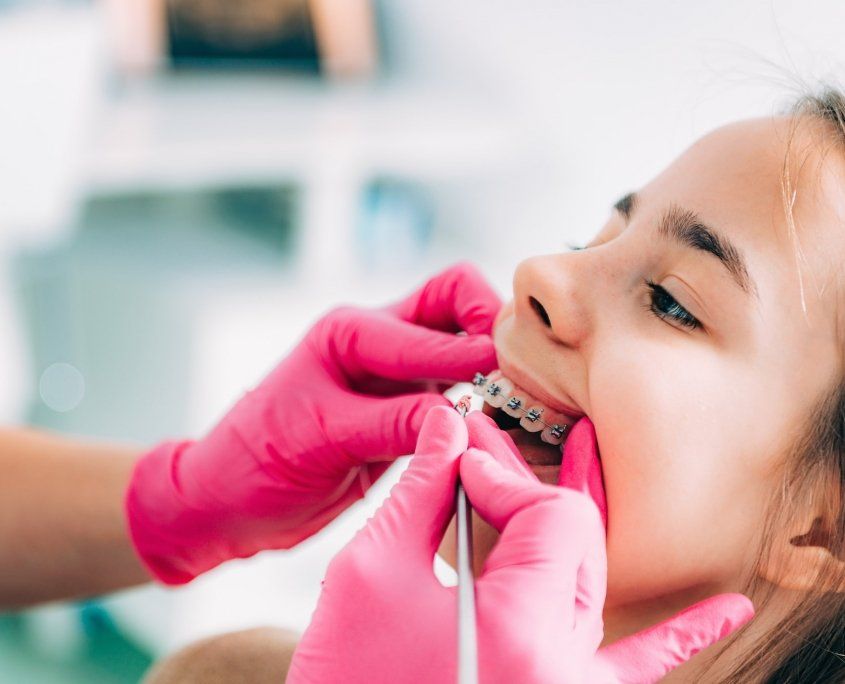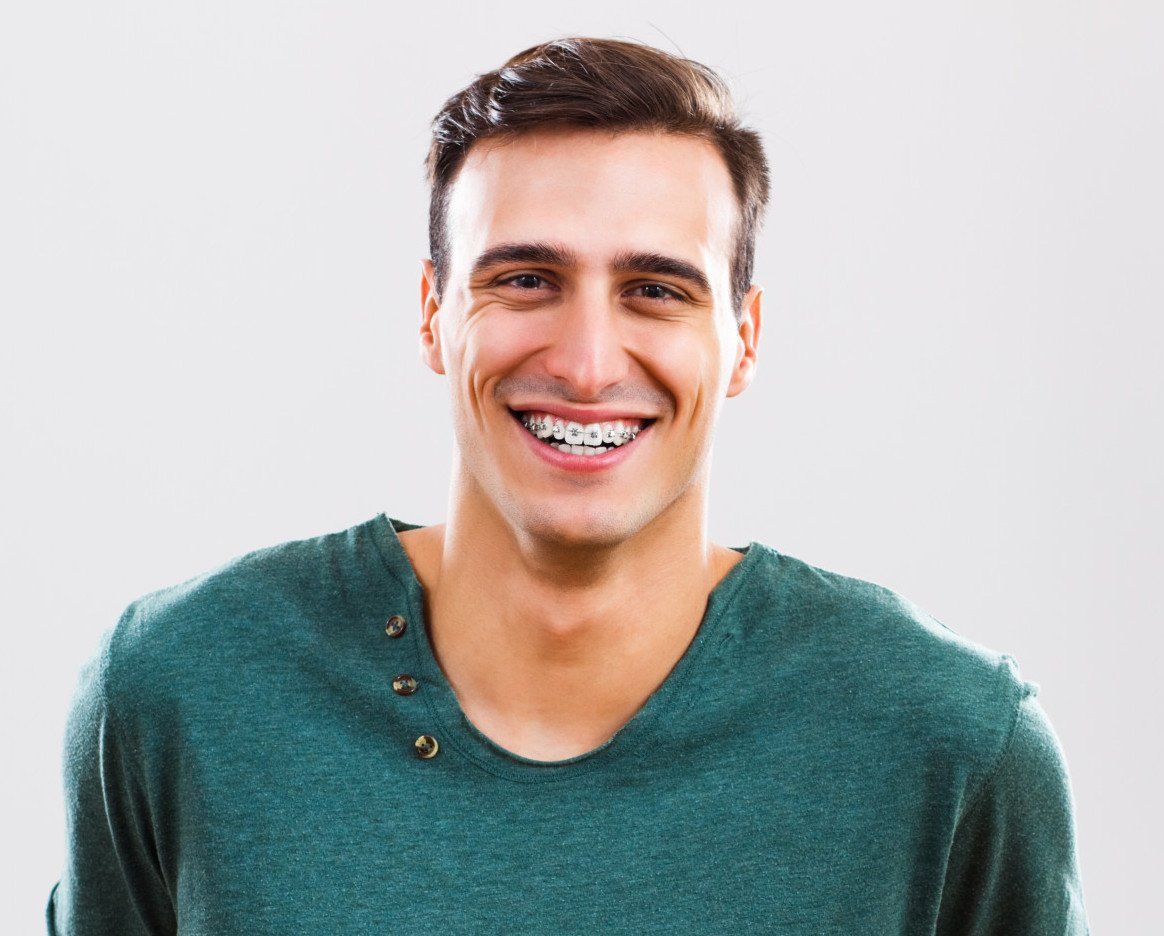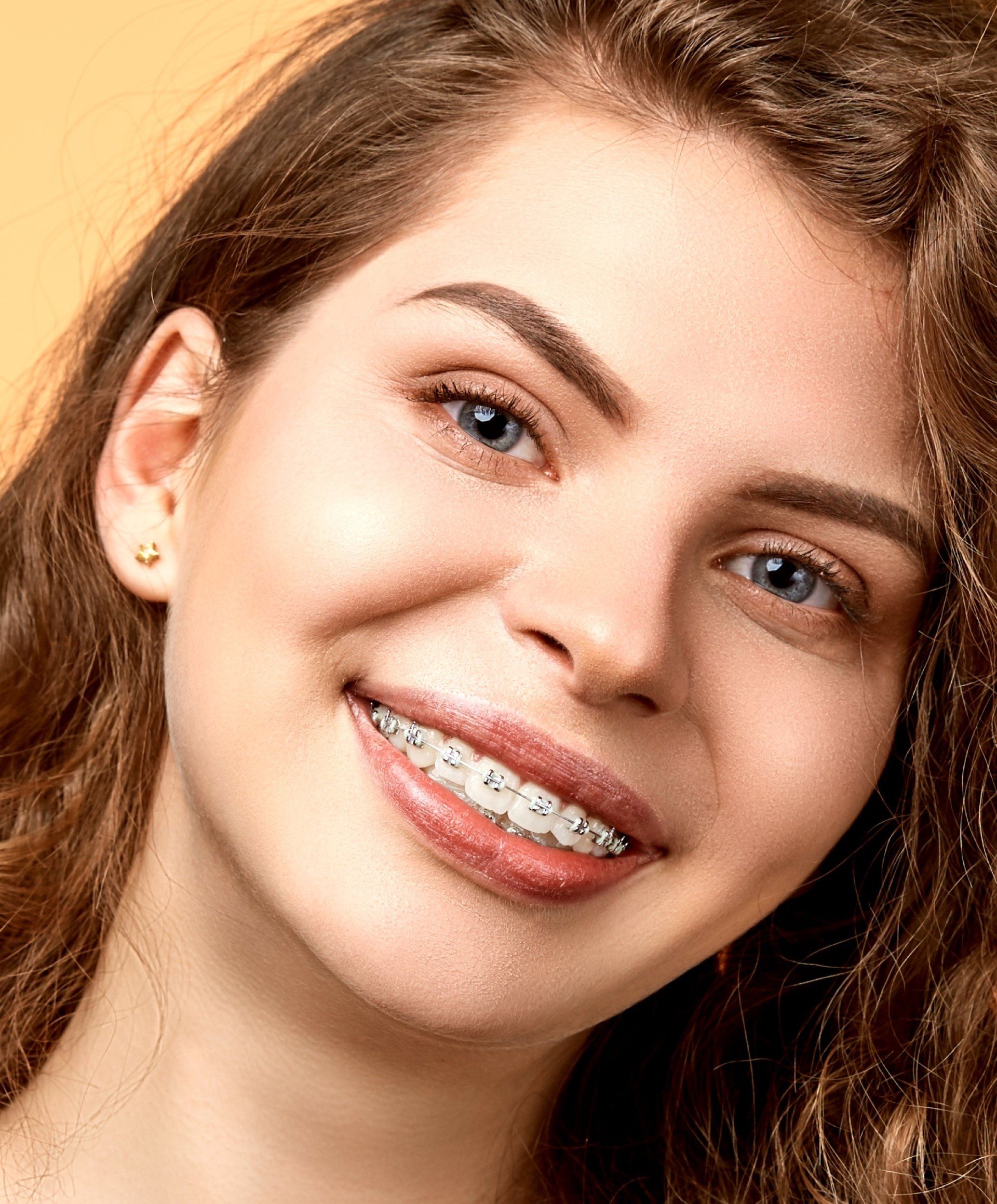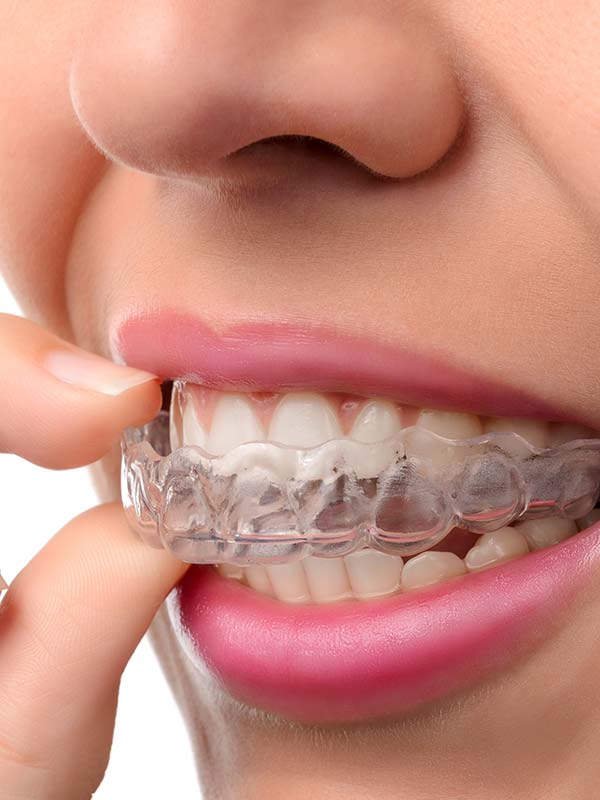Orthodontics
We know the value of a healthy smile. Our priority is ensuring that yours lasts a lifetime.
Orthodontics For Children
According to the American and Canadian Association of Orthodontists, the ideal age for initial orthodontic assessment is around age seven (at this age, the first permanent molars and lower incisors have usually come in and cross-bites, crowding, missing permanent teeth, and some other developmental problems can be detected).
Your orthodontist will determine if and when there is a need for orthodontic treatment and if any interceptive orthodontic care is required. When treatment is begun early, the orthodontist can guide the growth of the jaws and guide incoming permanent teeth. Early treatment can also regulate the width of the upper and lower dental arches, gain space for permanent teeth, avoid the possible need for permanent teeth extractions in some cases, reduce the likelihood of impacted permanent teeth, correct thumb-sucking, and address abnormal swallowing or speech problems. In other words, early treatment can simplify later orthodontic treatment in some cases.
Orthodontics For Adults
Age is not a limitation for orthodontic treatment. Healthy teeth can be moved at any age. Orthodontic treatment can be successful at any age and adults especially appreciate the benefits of a beautiful smile. Currently, one out of every five patients in orthodontic treatment is over 21. Jaw surgery is more often recommended in adult orthodontic patients because their jaws are no longer growing. Adults also may have experienced some breakdown or loss of their teeth and supporting bone so that they may require periodontal treatment before, during, and/or after orthodontic treatment. Orthodontic treatment in adults may take longer than children because of the changes in bone biology and elasticity.
Braces
Retention
When we remove your braces, we will begin the retention stage of your treatment. The retention phase lasts for a minimum of 24 months. Long-term intermittent nighttime retainer wear is recommended to prevent lower front teeth irregularity which often occurs due to maturation or changes due to the natural aging process.
Your final orthodontic result depends on your retainer wear, so follow through with the hard work you’ve put in. Remember to remove your retainer before brushing, and brush your retainer before placing it back in your mouth.





